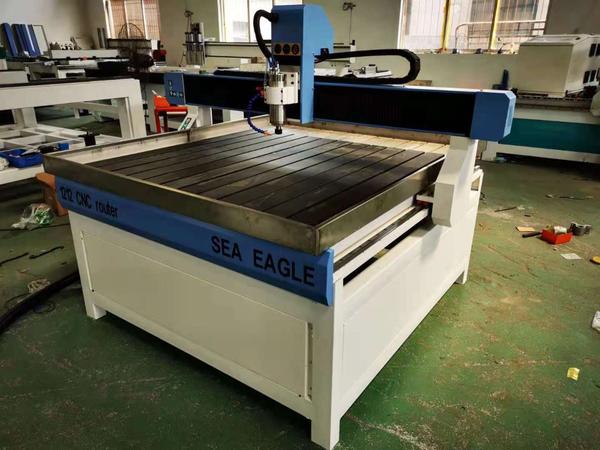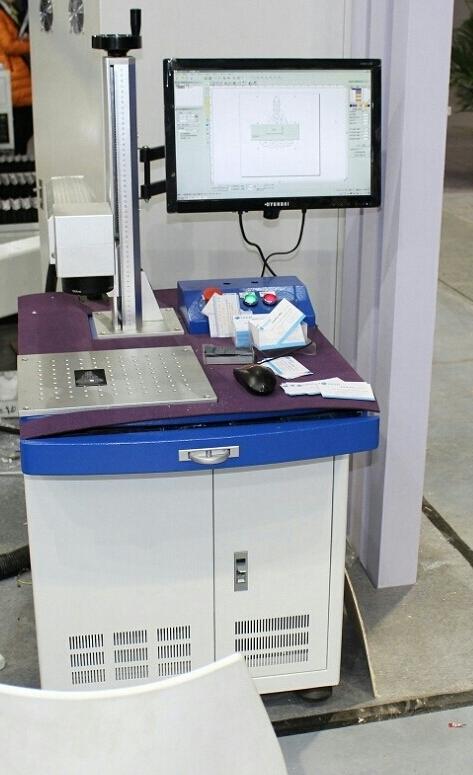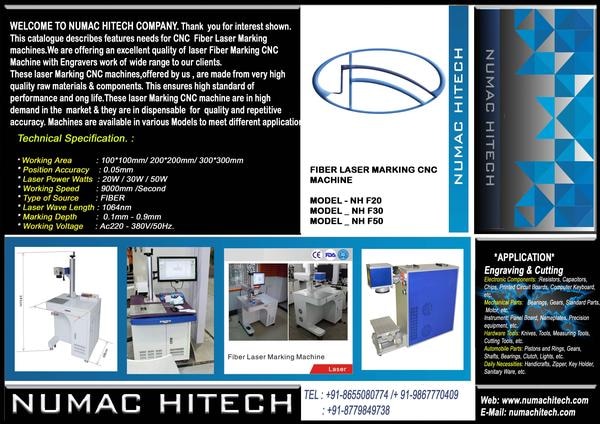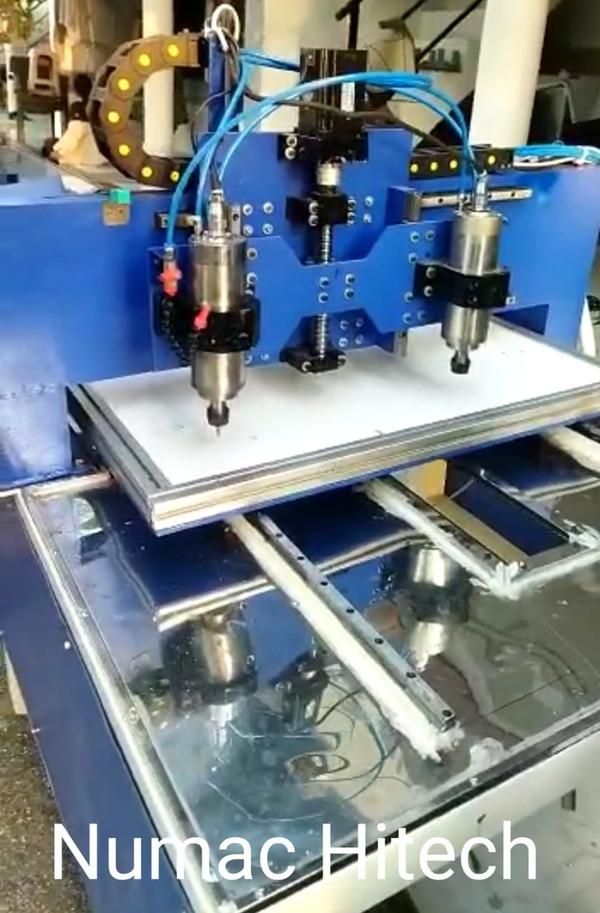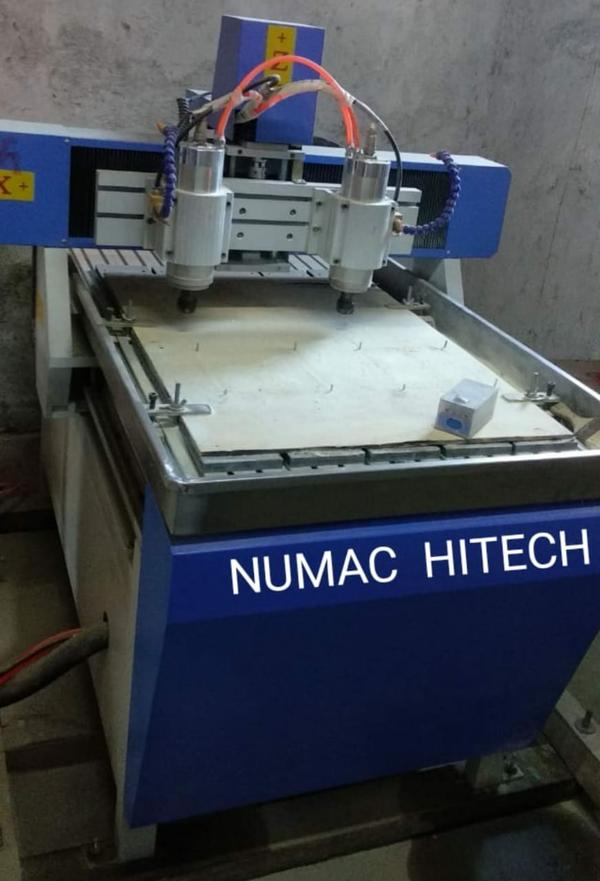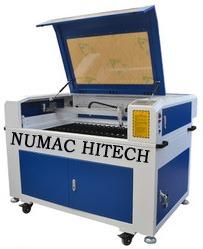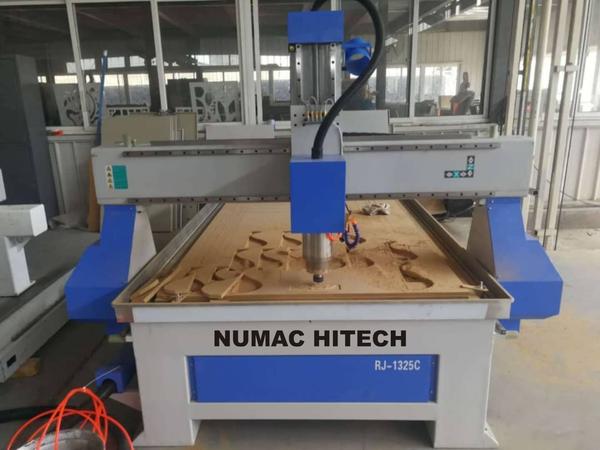Product Details Certification CE Certified Voltage 380V Type CNC Aluminum Router Machine Weight 100-1000kg Warranty 1 Year Product Code NH6090 2SPINDLE To guard our complete range of goods from exterior causes that can be damaging, we have a high-tech packing unit armed with the newest safe packaging technologies and supplies. We carry out the quality examinations only under the vigil supervision of the quality auditors. Features : Advanced mechanishm Easy to maintain High productivity A CNC aluminum router machine is designed specifically for cutting, milling, and machining aluminum and other metals with high precision. These machines are robust and capable of handling the unique properties of aluminum, such as its softness and tendency to produce chips. Here are some key features and considerations: Key Features: Spindle Power and Speed: High-RPM Spindle: Aluminum machining requires high spindle speeds to effectively cut through the material. Look for machines with spindles capable of reaching high RPMs (usually 10,000 RPM or more). Cooling System: Some machines have built-in cooling systems or provisions for external cooling to manage heat during machining. Precision and Accuracy: Linear Guides and Ball Screws: High-quality linear guides and ball screws ensure precise movement and reduce play, which is crucial for detailed aluminum work. High Tolerance: CNC routers for aluminum need to operate within tight tolerances to achieve accurate results. Material Handling: Workholding Systems: Secure clamping systems are essential to prevent movement during machining. Consider machines with versatile clamping solutions. Chip Removal: Efficient chip removal systems or vacuums help in maintaining a clean workspace and preventing chip buildup, which can affect machining quality. Frame and Build: Sturdy Construction: A heavy-duty frame is important to minimize vibrations and maintain precision during operation. Rigidity: The machine should have a rigid build to handle the forces involved in aluminum machining. Software and Control: CAD/CAM Software: The machine should be compatible with CAD (Computer-Aided Design) and CAM (Computer-Aided Manufacturing) software for designing and generating toolpaths. User Interface: An intuitive control system is essential for ease of use and efficient operation. Applications: Prototyping: Ideal for creating prototypes and parts in aluminum for various industries. Custom Parts: Used for manufacturing custom components and parts for machinery, automotive, aerospace, and more. Precision Machining: Suitable for high-precision tasks like engraving and detailed cutouts. Considerations: Tooling: Use appropriate tools designed for aluminum, such as end mills and drills with coatings to reduce wear. Speed and Feed Rates: Proper adjustment of speed and feed rates is critical to avoid issues like tool breakage or poor surface finish.
Send Message
